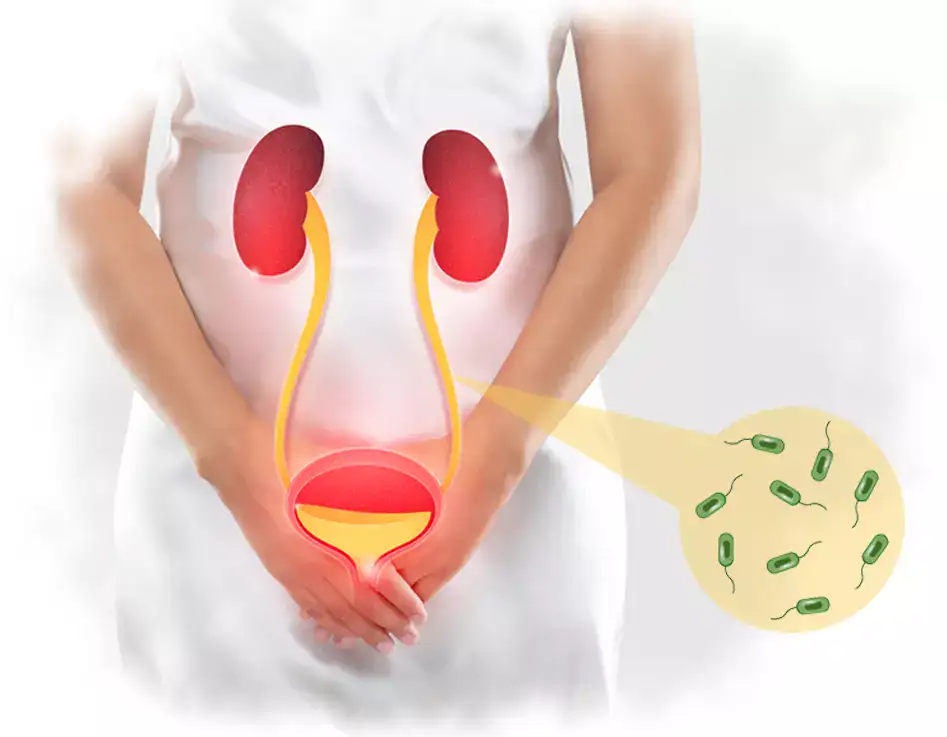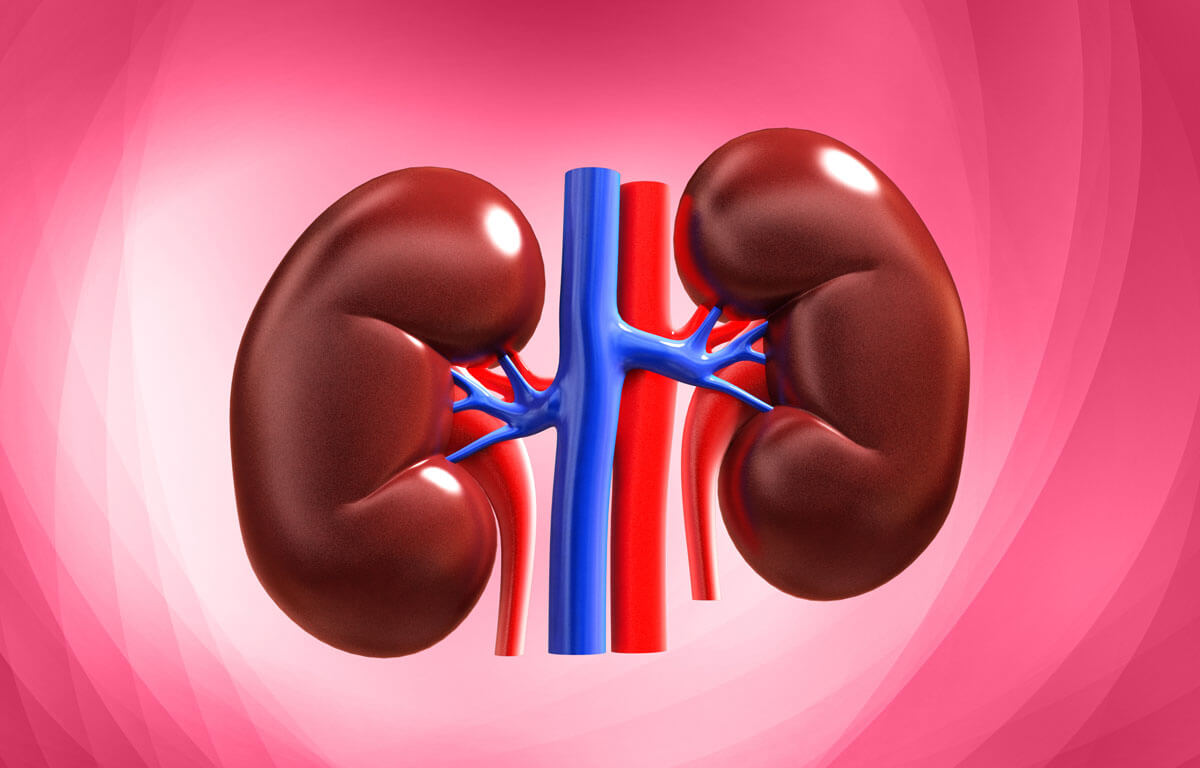When it comes to improving overall health, strengthening your core and enhancing flexibility are two of the most effective goals you can focus on. That’s where Pilates comes in. Pilates is a versatile and accessible exercise method that emphasizes controlled movements, proper alignment, and deep muscle engagement. Whether you’re an athlete looking to enhance performance or someone seeking to improve posture and flexibility, Pilates offers a wealth of benefits that can transform your body and health.
I first came across Pilates a few years ago when I was looking for a way to improve my flexibility and strengthen my core. I was amazed by how focused and mindful the practice felt, as well as the noticeable improvements in my posture and overall well-being. Pilates is now an integral part of my fitness routine, and I’ve seen firsthand how it can improve strength, flexibility, and mind-body connection.
In this article, we’ll dive into the benefits of Pilates for health, the exercises that target the core and flexibility, and how you can incorporate Pilates into your fitness regimen for lasting results.
What is Pilates?
:max_bytes(150000):strip_icc()/Pilates-27bb0ee84f994f7fb370dde3b4cbf37f.jpg)
An Overview of the Pilates Method
Pilates was developed in the early 20th century by Joseph Pilates, who sought to create a system of exercises that could improve physical strength, flexibility, and mental focus. Pilates initially gained popularity as a form of rehabilitation, particularly for dancers and athletes recovering from injuries. Today, it is practiced worldwide by individuals of all fitness levels as a way to improve overall health and well-being.
The key principles of Pilates focus on:
-
Core Strength: Pilates emphasizes the importance of strengthening the muscles in your abdomen, lower back, hips, and pelvis—collectively known as the core. A strong core is essential for improving posture, balance, and stability.
-
Flexibility: Pilates incorporates gentle stretching and elongation of muscles, which helps improve flexibility and reduce tension in the body.
-
Control and Precision: Pilates movements are performed slowly and deliberately, requiring concentration and control. This focus helps improve body awareness and encourages proper alignment during exercise and in daily activities.
-
Breathing: Proper breathing is a fundamental component of Pilates. Breathwork helps with relaxation, coordination, and ensures that you’re engaging the right muscles during each movement.
Health Benefits of Pilates
Why Pilates is Great for Your Health
Pilates offers a wide range of health benefits, from physical improvements like strength and flexibility to mental benefits like focus and stress relief. Here are some of the most notable advantages of incorporating Pilates into your fitness routine:
1. Strengthening Your Core
One of the primary benefits of Pilates is strengthening the core. The core muscles—those surrounding the spine and pelvis—are essential for stabilizing the body and supporting nearly every movement. By strengthening these muscles, you can improve your posture, reduce the risk of back pain, and enhance overall functional strength. Many Pilates exercises are designed to engage the deep core muscles, helping to create a strong and stable foundation for movement.
2. Improving Flexibility
Unlike many other strength-based workouts, Pilates places a strong emphasis on stretching and flexibility. The controlled movements of Pilates work to elongate muscles and improve joint mobility. With consistent practice, Pilates can help increase range of motion in the spine, hips, and shoulders, which can reduce stiffness and improve overall movement. Flexibility is essential for maintaining good posture, reducing muscle strain, and preventing injuries.
3. Enhancing Posture and Alignment
Pilates focuses on maintaining proper body alignment and positioning. By improving awareness of your body’s alignment and movement patterns, Pilates can help correct poor posture and reduce muscle imbalances. Many people who practice Pilates notice a significant improvement in their posture, as the exercises target both the upper and lower body muscles, helping to align the spine and shoulders.
4. Injury Prevention and Rehabilitation
Because Pilates emphasizes low-impact, controlled movements, it is often used for injury prevention and rehabilitation. Pilates helps build strength and flexibility in a balanced way, reducing the risk of injury during other activities. Additionally, Pilates is often recommended as part of the recovery process for musculoskeletal injuries, as it allows for a gradual, controlled approach to rebuilding strength and mobility.
5. Mental Clarity and Stress Relief
Pilates is a mindful exercise that encourages focus and concentration on both the breath and movement. This focus can help reduce mental stress and improve your ability to relax. The connection between breath and movement also promotes a sense of calm and mental clarity, helping to alleviate tension and promote overall well-being.
Key Pilates Exercises for Strengthening the Core and Improving Flexibility
Essential Pilates Exercises for Beginners
If you’re new to Pilates, starting with a few basic exercises can help you build the foundation for more advanced moves later on. Here are some key Pilates exercises that target core strength and flexibility:
1. The Hundred
The Hundred is a classic Pilates exercise designed to engage the core and increase endurance. Here’s how to do it:
-
Lay flat with your knees bent and feet flat on the floor. Raise your legs to a 90-degree angle, keeping your knees bent.
-
Lift your head, neck, and shoulders off the mat while extending your arms alongside your body.
-
Begin to pulse your arms up and down while breathing in for five counts and out for five counts.
-
Continue for 100 counts (hence the name “Hundred”), keeping your core engaged and your breath steady.
This exercise is excellent for building core endurance and stabilizing the body.
2. The Roll-Up
The Roll-Up is a fantastic Pilates move for improving spinal flexibility and strengthening the abdominal muscles. Here’s how you do it:
-
Start by lying flat on your back with your arms extended overhead and your legs straight.
-
Slowly raise your arms toward the ceiling and begin to curl your spine up one vertebra at a time until you’re sitting up straight.
-
Reach forward with your arms, stretching your back and hamstrings.
-
Slowly roll back down to the mat, one vertebra at a time, keeping your abdominal muscles engaged.
The Roll-Up helps improve flexibility in the spine and stretches the hamstrings, while also strengthening the abdominals.
3. The Saw
The Saw is an excellent exercise for improving flexibility in the spine, hamstrings, and back. Here’s how to do it:
-
Sit up straight with your legs extended wide apart, toes pointed, and arms extended out to the sides.
-
Inhale as you twist your torso to the right, reaching your left hand toward your right foot.
-
Exhale as you return to the center and twist to the left, reaching your right hand toward your left foot.
The Saw helps stretch the back, hamstrings, and shoulders while building core strength and rotation flexibility.
4. The Plank
The Plank is a great exercise for overall core strength and stability. Here’s how to do it:
-
Start in a push-up position with your arms straight and your body in a straight line from head to heels.
-
Engage your core to prevent your hips from sagging, and hold the position for as long as you can while maintaining good form.
The Plank works the entire core, including the abdominals, back, and shoulders.
How to Incorporate Pilates into Your Fitness Routine
Tips for Getting Started with Pilates
If you’re new to Pilates, here are some tips for incorporating it into your fitness routine:
-
Start Slow: Begin with beginner-friendly exercises and focus on mastering proper form. As you get more comfortable, you can gradually increase the intensity of your workouts.
-
Consistency is Key: Like any exercise program, consistency is important. Aim to practice Pilates 2-3 times a week to see noticeable improvements in strength and flexibility.
-
Combine Pilates with Other Exercises: Pilates can be a great complement to other forms of exercise, such as cardio or weightlifting. By adding Pilates to your routine, you can enhance flexibility, improve posture, and strengthen your core, all of which support other types of physical activity.
-
Consider Group Classes or Online Sessions: If you’re new to Pilates, joining a class with a certified instructor can help ensure you’re doing the exercises correctly. There are also plenty of online resources, videos, and apps that offer guided Pilates workouts for all levels.
Conclusion: Unlock the Benefits of Pilates for Health
Pilates is a highly effective and accessible method for improving core strength, flexibility, and overall health. By incorporating Pilates into your fitness routine, you can experience the physical benefits of improved posture, reduced muscle tension, and increased flexibility. Moreover, the mindful approach to movement and breathwork offers mental clarity and stress relief, making Pilates a holistic practice for both the body and mind.
Whether you’re looking to build strength, enhance flexibility, or simply improve your overall well-being, Pilates offers a comprehensive and enjoyable way to achieve your goals. So, roll out your mat, focus on your breath, and start building a healthier, more flexible body with Pilates today!



